

College of Pharmacy and Health Sciences
College of Pharmacy and Health Sciences
Our ProgramsServing Humanity through Excellent Biomedical Education
Providing world-class academics, St. John’s University’s College of Pharmacy and Health Sciences is committed to cultivating compassionate, responsible, and highly skilled health professionals. With a student-centric educational approach and state-of-the-art facilities, the College of Pharmacy and Health Sciences equips students with the skills to serve communities in different health professions such as pharmacists, physician assistants, clinical laboratory scientists, and health technologists.
Explore Our Departments and Programs
The College of Pharmacy and Health Sciences is home to scholars and scientists who are unified by one intrepid goal—to improve the quality of life for people globally. With five departments and over 15 undergraduate and graduate programs, the college prepares students for research, teaching, and administrative positions in industry, academia, and government regulatory agencies. Find out more about our departments and the degrees they offer.
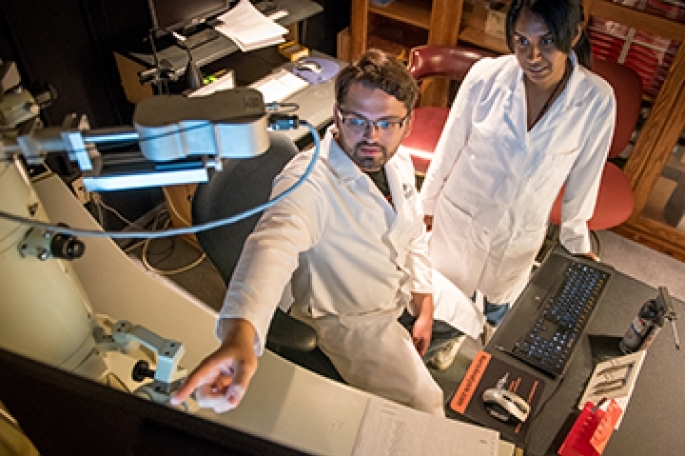
Department of Health Professions
The Department of Health Professions (DHP) offers two undergraduate programs including Clinical Laboratory Sciences and Radiologic Sciences, and one graduate Physician Assistant program. These professional programs prepare students to become certified and practice in varied interdisciplinary professional careers. All programs prepare students with the theory, ethics, and experiential knowledge to thrive in both their fields and interprofessional health care settings in order to provide optimal patient care.
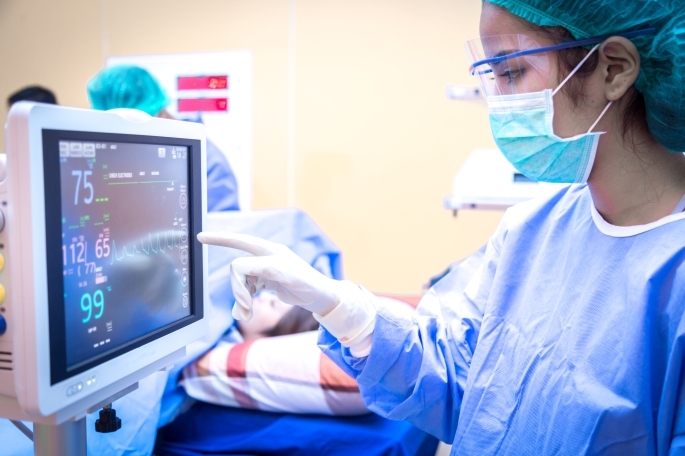
Department of Nursing
Through quality teaching, scholarship, and practice the Department of Nursing seeks to develop within our students a passion for lifelong learning and service to all members of society especially the poor and oppressed in local metropolitan communities and globally.
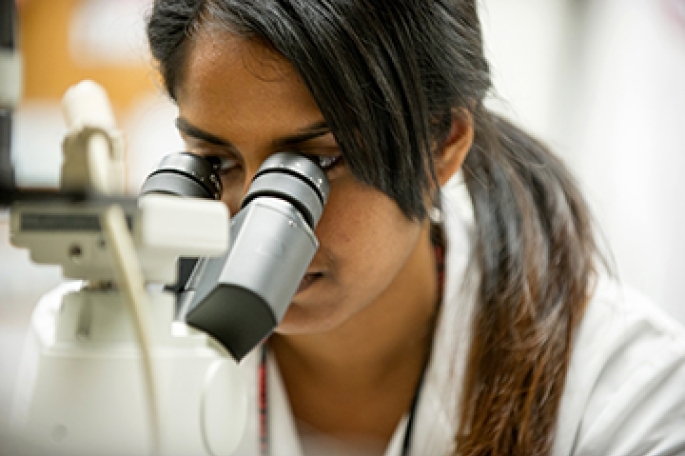
Department of Pharmacy Administration and Public Health
In response to the increasing demand for population-based health care professionals, the Department of Pharmacy Administration and Public Health offers two graduate-level programs to foster leaders in public health and effective pharmacy administrators.
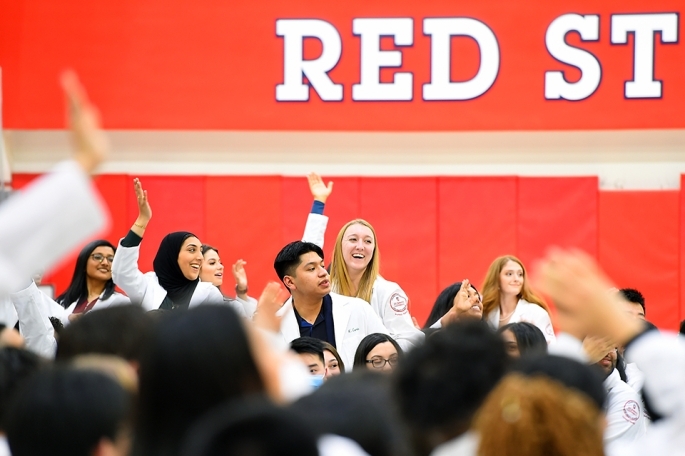
Department of Pharmacy Practice
The Department of Pharmacy Practice prepares student pharmacists with the knowledge, skills and attitudes necessary to excel in the evolving field of pharmacy practice.
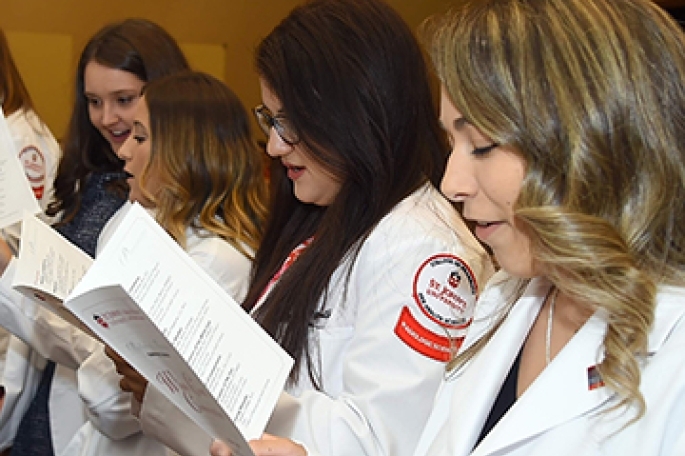
Department of Pharmaceutical Sciences
The Department of Pharmaceutical Sciences and its programs provide students with fundamental to advanced knowledge in pharmaceutics, biomedical sciences, and toxicology. With an additional focus on the chemical and biological components of pharmacy education, the department offers seven in-demand degree programs:
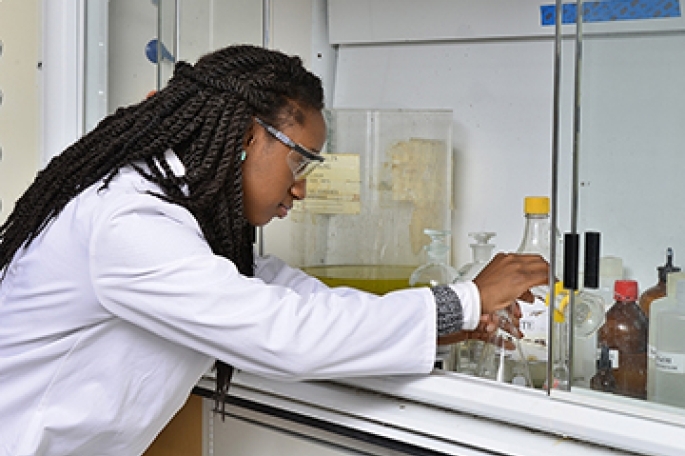
Other Institutes and Programs
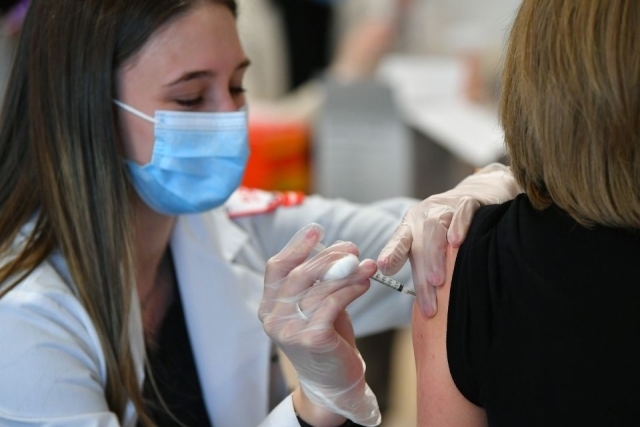
A Note from the Dean
"I would like to recognize alumni and friends of the College of Pharmacy and Health Sciences who stand at the front lines of the COVID-19 pandemic. As the country faces great uncertainty, I commend you for your strength, perseverance, and commitment to your profession. Thanks for your efforts to help tackle this pressing health challenge and move us forward toward a brighter future. Be well and take care." - Anne Y. E. Lin ’84P, ’86Pharm.D., FNAP, Dean and Professor, College of Pharmacy and Health Sciences
Success At St. John's
At the College of Pharmacy and Health Sciences, we utilize student-oriented active learning approaches to help students achieve academic success and impart life-long learning. As a CPHS student, you not only learn from lectures but also deeply engage in the teaching content through meaningful hands-on activities. With this experiential learning approach, CPHS cultivates effective health care professionals who possess strong scientific knowledge and problem-solving skills.
St. John’s Faculty Member Receives Federal Grant to Further Cancer Treatment
Hyunah Cho, Ph.D., Assistant Professor, Pharmaceutical Sciences, College of Pharmacy and Health Sciences, was recently awarded a $745,000 grant from the National Institutes of Health (NIH). The grant will be used to further Dr. Cho’s research to enhance image-guided, surgical accuracy during the removal of brain tumors.
Highlight
Dr. Cho’s research focuses on developing nano-based optical imaging agents and evaluating their potential in brain imaging and neurological guidance during brain surgery. This system is designed to “switch on” the fluorescence signal when it arrives at the tumor site.
St. John’s Helped Alumnus Expand His Pharmacy’s Distinguished Family Legacy
For as long as he can remember, Roger Paganelli, R.Ph. ’87P, aimed to follow in his father’s footsteps.
Highlight
Mr. Paganelli and four of his five siblings grew up working after school in the Mt. Carmel Pharmacy and learning the business.- The Paganelli brothers later purchased the pharmacy from their father.
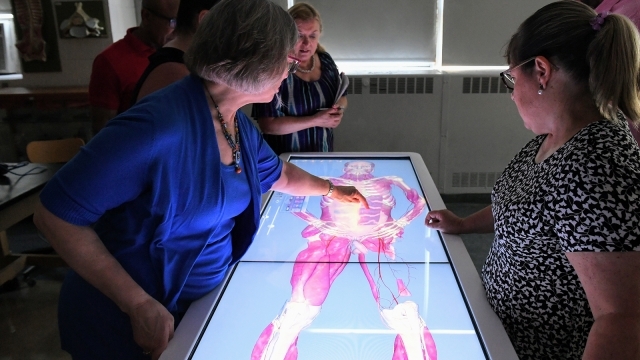
Learn More about the College of Pharmacy and Health Sciences
Do you envision yourself serving humanity as a responsible health professional? Join us at St. John’s University College of Pharmacy and Health Sciences to pursue solutions to health care problems and address contemporary health care issues.
Learn more about the programs offered at the College of Pharmacy and Health Sciences.
Professional licensure and certification requirements often vary from state to state. St. John’s University has not determined requirements for individual states beyond New York. If you reside or plan to reside outside New York, you are strongly encouraged to contact the appropriate state licensing agency in that state to seek information and guidance before beginning the program.
Why Study at St. John’s College of Pharmacy and Health Sciences?
Learn more about the opportunities the College of Pharmacy and Health Sciences has to offer.
Expert Faculty
At the College of Pharmacy and Health Sciences, you learn from faculty with profound real-world experience, commitment to scientific excellence, and a reputation for distinction in their fields. A bright future is yours with faculty that teaches the present and the future of health care.
Grants and Research
If you want to conduct groundbreaking research with world-class scholars, then St. John’s College of Pharmacy and Health Sciences is for you. With grants from both the public and private sectors, faculty and students partner to create cutting-edge discoveries that affect our world.
Research is the heart of a university education. Professors create knowledge that benefits society, while students learn from their instructors’ expertise. The Office of Grants and Sponsored Research helps researchers at St. John’s to identify and secure funding.
The College of Pharmacy and Health Sciences provides world-class facilities including state-of-the-art equipment and cutting-edge laboratories. Students at CPHS can gain authentic clinical experience and build robust laboratory skills.
Accreditation
Programs at the College of Pharmacy and Health Sciences are vetted for their quality. Accreditations include:
- Accreditation Council for Pharmacy Education (ACPE)
- National Accrediting Agency for Clinical Laboratory Sciences (NAACLS)
- Accreditation Review Commission on Education for the Physician Assistant, Inc. (ARC-PA)
- Joint Review Committee on Education in Radiologic Technology (JRCERT)
- Commission on Accreditation of Allied Health Education Programs (CAAHEP)
CPHS Events
Go GLOBAL! Study Abroad Programs & Scholarships Information Session
* Open to Students
Jan 29, 20261:50 p.m.
– 2:05 p.m.DAC 207
CPHS News
St. John’s Doctoral Candidate Honored at National Pulmonary Conference
A doctoral student from St. John’s University’s College of Pharmacy and Health Sciences recently earned national recognition for her research into pulmonary drug delivery.
Graduating Biomedical Student on Short List for Key Literary Prize
Gillian Leasunia Katoanga enrolled at St. John’s University, hoping to one day become a doctor. She will leave this month as an author and a candidate for a global literary prize.
Students in St. John’s Radiologic Sciences Program Can See a Bright Future
Students in St. John’s University’s Bachelor of Science in Radiologic Sciences degree program enjoy a rigorous course of study that pays off at graduation.


